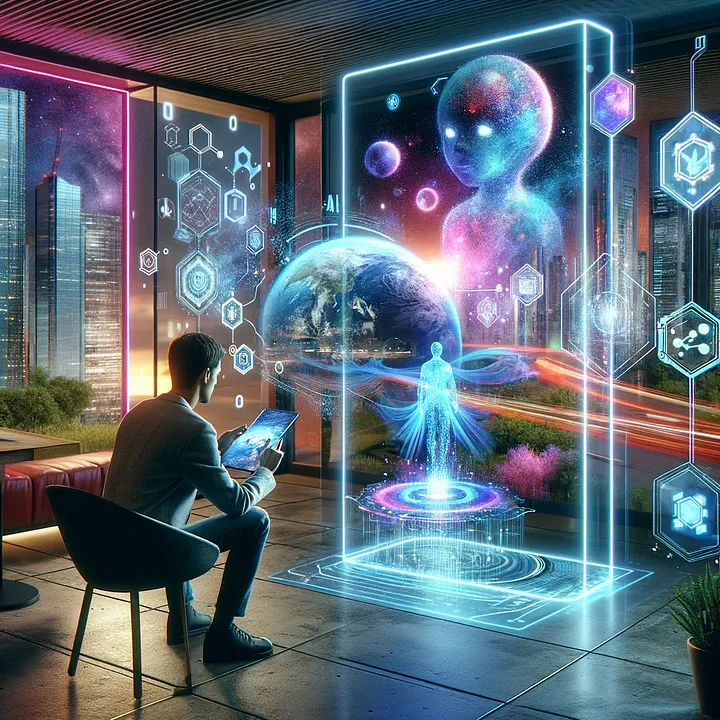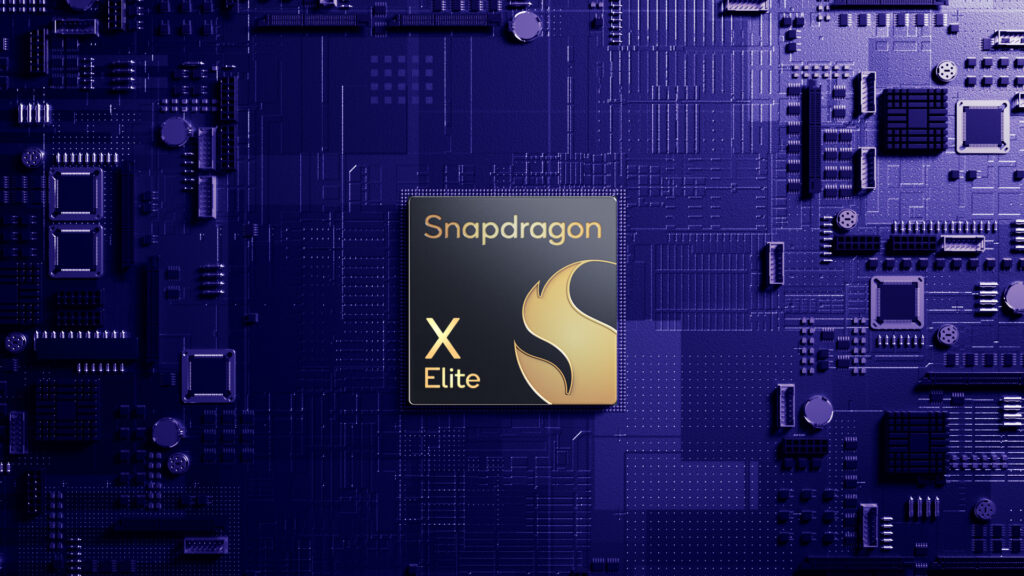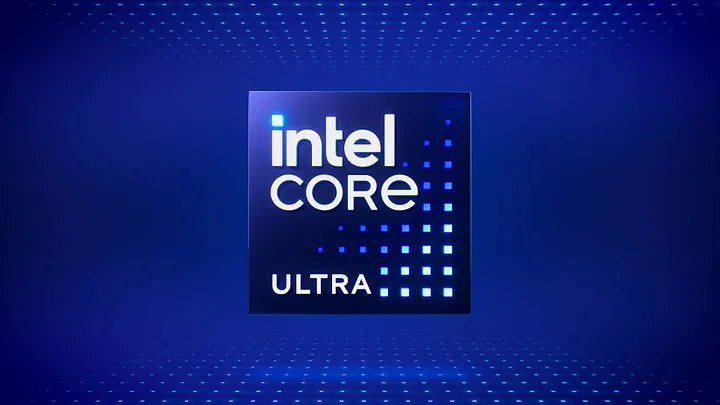Will the generative AI become a victim of its own hype like the metaverse? Although the recent shenanigans at OpenAI and mounting concerns about security, bias, and data integrity may make this seem a distinct possibility at times, the technology does appear to have a much better chance of crossing the legendary chasm and becoming mainstream.
A key reason for this is the tech industry’s focus on building a massive high-performance compute infrastructure rather than rushing to create new types of devices for consuming the immersive visual content that was promised for the metaverse. The major cloud service providers have deployed dizzying numbers of powerful servers and accelerators in their data centers to meet current and expected data processing and delivery demands and will continue to scale their installations in the years to come.
Generative AI applications differ from VR and AR in that they do not require special headsets or devices. You can run them on smartphones, notebooks, or desktop PCs. Since no changes in user behavior are required, consumer and commercial adoption of the technology will be relatively smooth and new hardware upgrades can be implemented at the same pace as before.
With foundational large language models (LLMs) in place, generative AI has a more open and comprehensive software platform than the metaverse ever had. That is not to say that everything in the garden is rosy, of course, but with the basic software building blocks in place the momentum behind generative AI is growing at a rapid rate with further acceleration expected.
Even though it no longer generates the euphoric headlines it once did, the metaverse still has great potential. As AR and VR technologies mature, the massive high-performance compute infrastructure currently being built for generative AI may ultimately boost growth by providing the raw power needed for the truly immersive experiences that the metaverse initially promised.
Gadgets, gizmos, software and devices. I love all technology.



